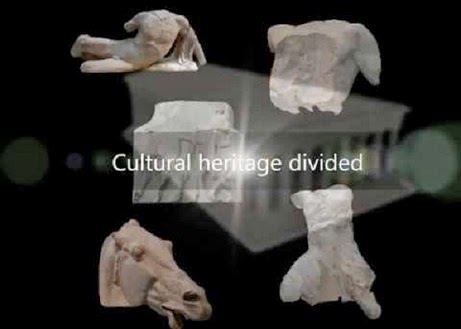Sew La Ti Embroidery [Search results for toy]
The Bulldogs (based on an underground comic-book)

You might need a bigger scanner there Jack! A rotund looking Black goes through LAX security

A gift for a baby boy
Raw grief of Jackass star's best friend: Heartbreaking video shows inconsolable Bam Margera as he visits spot where Ryan Dunn died in fiery crash

More Stuff: Is Greece about to lose the Parthenon Sculptures forever?

Thanks Mom
I did it!


